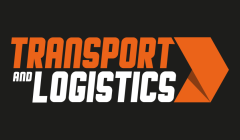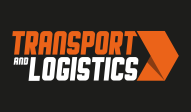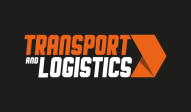10 Things Fleets Need To Know About The Abolition Of The Tax Disc
After 93 years, motorists won’t have to display a paper tax disc from today.
With responsibility for one in every 10 cars and one in every seven vans on the UK’s roads, members of the British Vehicle Rental and Leasing Association (BVRLA) will benefit hugely from its disappearance.
As the registered keepers of nearly three million cars, vans and trucks, the vehicle rental and leasing sector has to process and distribute hundreds of thousands of paper discs each year. The association estimates that the removal of the paper tax disc will save its members millions of pounds a year in administration costs. The Driver and Vehicle Licensing Agency estimates that tax disc abolition will save it around £7m per year.
Commenting on this momentous day, BVRLA Chief Executive Gerry Keaney said: “We campaigned long and hard to have the paper tax disc abolished. We’ve also been working with the DVLA for months to ensure that our sector is perfectly poised to help businesses and consumers get to grips with the changes.”
To help the UK fleet industry understand the changes to vehicle excise duty (VED), the BVRLA has published guidance and promotional material for members on a dedicated webpage on its site. The association has also created a list of the ten things the fleet industry needs to know about the new rules:
1. Fleets can still reassure drivers that VED has been paid. Drivers can check the vehicle tax status of any vehicle online at www.vehicleenquiry.service.gov.uk, using the make of vehicle and registration.
2. Fleets will still need to pay VED on each of their vehicles. Just because the disc is disappearing doesn’t mean the fees are. Fleets will be able to pay for VED via telephone, online or in the post office.
3. The DVLA will still send a renewal reminder when your vehicle tax is due to expire. Even though there won’t be a physical reminder of the expiry date of a vehicle’s tax in the windscreen, registered keepers will still receive a renewal reminder when the tax is about to run out.
4. Vehicle tax will no longer be transferable. Fleets will no longer be able to sell vehicles with remaining tax left on the vehicle. It will be the responsibility of the buyer to tax the vehicle before using it on the road.
5. There is no grace period in which to tax your vehicle. The age-old excuse of “it’s in the post” will no longer be acceptable. Fleets must tax a vehicle as soon as it expires.
6. Fleets will automatically receive a refund when selling or SORN’ing (declaring that a vehicle is off the road) vehicles. The DVLA will automatically issue a refund to the registered keeper from the date of receipt for any full remaining months of vehicle tax when notified of a change of status to the vehicle.
7. Vehicle owners will be able to pay VED via direct debit. From 1st November, motorists will be able to pay road tax via direct debit. This will automatically renew provided that there is a valid MOT on the vehicle. While there won’t be a charge to pay annually, the DVLA will impose a 5% surcharge if fleets choose to pay on a bi-annual or monthly basis. As the direct debit scheme will require a separate mandate for each vehicle, the BVRLA is working with the DVLA to make the scheme more suitable for fleets, and hopes that fleets will be able to purchase multi-year VED.
8. Failure to tax a vehicle will result in a £1,000 fine. As there will no longer be a paper tax disc in the car, vehicles’ numberplates will be checked by camera and registrations will be run through a database. Those who fail to pay VED will face a £1,000 penalty.
9. You can still check the cost of tax for a vehicle by going online. With the tax disc gone, it won’t be difficult to find out how much it’ll cost to renew a vehicle’s tax. Simply visit www.vehicleenquiry.service.gov.uk to check the latest tax bands.
10. The use of trade plates will not change drastically. As leasing companies are responsible for more than one million vehicle disposals every year, it’s great news that the way trade plates are used won’t change too much. Provided an operator has paid for a trade licence, it will no longer be necessary to display the trade licence in the vehicle.





